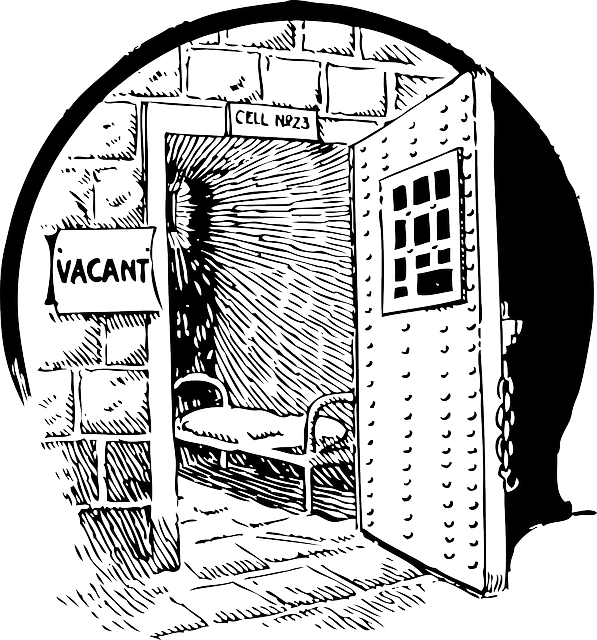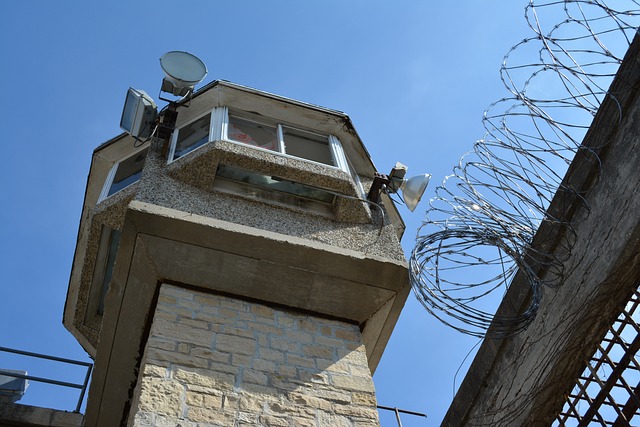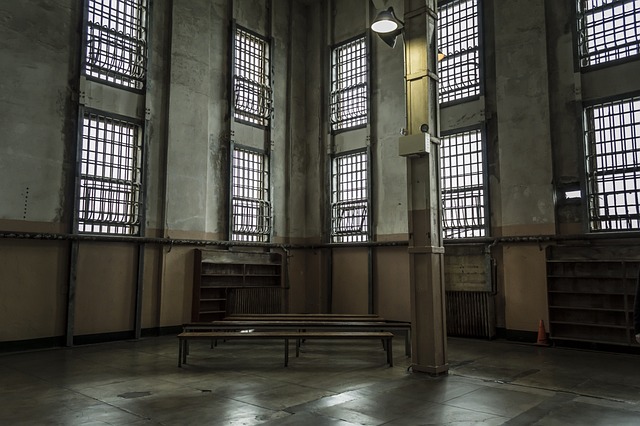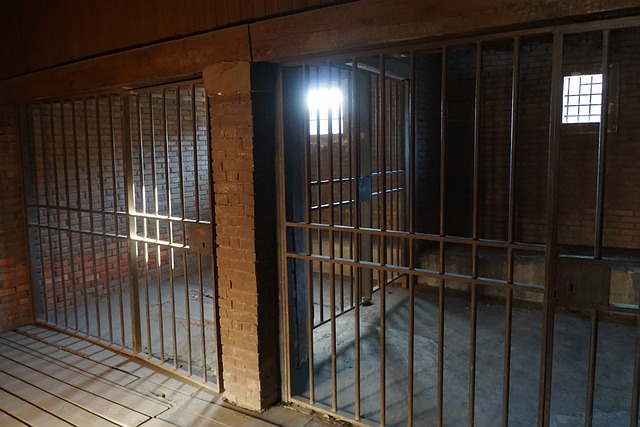Pedestrians' rights and city street safety are paramount, with laws protecting non-motorized transport users from drunk driving (DUI) hazards. While DUI forfeiture cases aim to deter such behaviors, they can disproportionately affect low-income communities reliant on their cars for daily activities. Effective navigation of these challenges is crucial to balance public safety with fairness. Solutions include stricter DUI laws, severe penalties like vehicle forfeiture, and reallocated funds for pedestrian-friendly infrastructure like expanded sidewalks and dedicated crossings, fostering safer walking environments and prioritizing all road users' well-being.
Pedestrians’ rights and safe streets are paramount for any thriving community. Understanding and protecting these rights is essential, especially in mitigating the impact of DUI forfeiture cases, which can profoundly affect neighborhood safety. This article delves into the intricate relationship between DUI forfeiture case challenges and pedestrian safety, exploring strategies to enhance protections for all road users. By examining these issues, we aim to highlight innovative solutions that foster safer environments for pedestrians and reduce the burden of DUI forfeiture cases.
- Understanding Pedestrians' Rights and Safe Streets
- The Impact of DUI Forfeiture Cases on Community Safety
- Challenges and Solutions in Protecting Pedestrians' Rights
Understanding Pedestrians' Rights and Safe Streets

Pedestrians have rights too, and ensuring their safety on the streets is paramount in every city. Understanding these rights and the responsibilities that come with them is crucial for creating a harmonious environment for all road users. In many jurisdictions, laws are in place to protect pedestrians, especially those who navigate roads without vehicles, often referred to as non-motorized transport users. These laws address issues like speed limits, traffic signals, crosswalk regulations, and even penalties for reckless driving, which can include DUI forfeiture cases challenging drivers’ licenses.
Safe streets for pedestrians are not just about legal frameworks; they involve a comprehensive approach that includes urban planning, infrastructure development, and public education. By designing roads with dedicated spaces for walkers, improving lighting, and enforcing traffic rules, communities can significantly reduce accidents and create a more enjoyable experience for those on foot. Challenges related to DUI forfeiture cases, when coupled with proactive measures to enhance pedestrian safety, can lead to profound changes in how cities prioritize the well-being of their residents.
The Impact of DUI Forfeiture Cases on Community Safety

In many communities, the impact of DUI forfeiture cases on community safety is a complex issue. While these cases aim to deter drunk driving and reduce roadside hazards by revoking vehicles used in such offenses, they can also have unintended consequences. Some residents and advocates argue that strict DUI forfeiture laws disproportionately affect low-income individuals and families who may rely on their cars for essential daily activities. This raises concerns about access to transportation and potential barriers to recovery and rehabilitation for those who cannot afford replacement vehicles after a DUI conviction.
Moreover, the process of seizing and disposing of vehicles in DUI forfeiture cases can lead to challenges in ensuring community safety. If not managed properly, these proceedings may result in abandoned or unsold vehicles becoming eyesores or even hazards themselves. Additionally, there’s a risk that revenue generated from selling seized cars doesn’t always get reinvested in local road safety initiatives or support services for victims of drunk driving incidents. Effective navigation of DUI forfeiture case challenges is crucial to balancing the need for public safety with fairness and equitable access to transportation within communities.
Challenges and Solutions in Protecting Pedestrians' Rights

Protecting pedestrians’ rights and ensuring safe streets is a multifaceted challenge, exacerbated by issues like drunk driving (DUI) and related forfeiture cases. In many cities, pedestrian safety has become a pressing concern due to an increasing number of accidents involving vehicles and foot traffic. The rise in DUI offenses not only endangers drivers but also poses significant risks to pedestrians, who are often vulnerable in urban environments.
One of the solutions lies in stricter enforcement of laws against DUI and the reallocation of legal funds to pedestrian-friendly infrastructure. Courts have been known to impose severe penalties, including vehicle forfeiture, on offenders convicted of DUI, which can help deter future violations. Additionally, cities are adopting innovative strategies, such as expanding sidewalks, installing traffic calms, and implementing dedicated pedestrian crossings, to create safer environments for those who choose to walk. These measures not only protect rights but also promote a culture of responsible driving and prioritize the well-being of all road users.
In advocating for pedestrians’ rights, addressing DUI forfeiture case challenges is vital. By enhancing community safety through robust legal frameworks and public education, we can create safer streets where everyone has the right to walk without fear. Balancing enforcement with empathy ensures a harmonious environment for all, fostering a vibrant and accessible community for generations to come.






